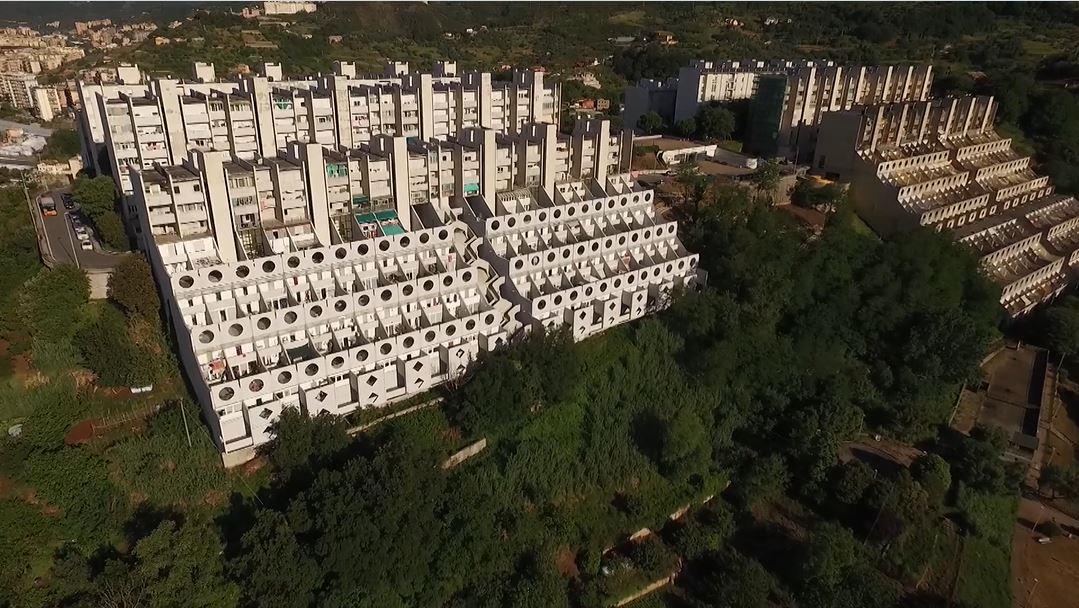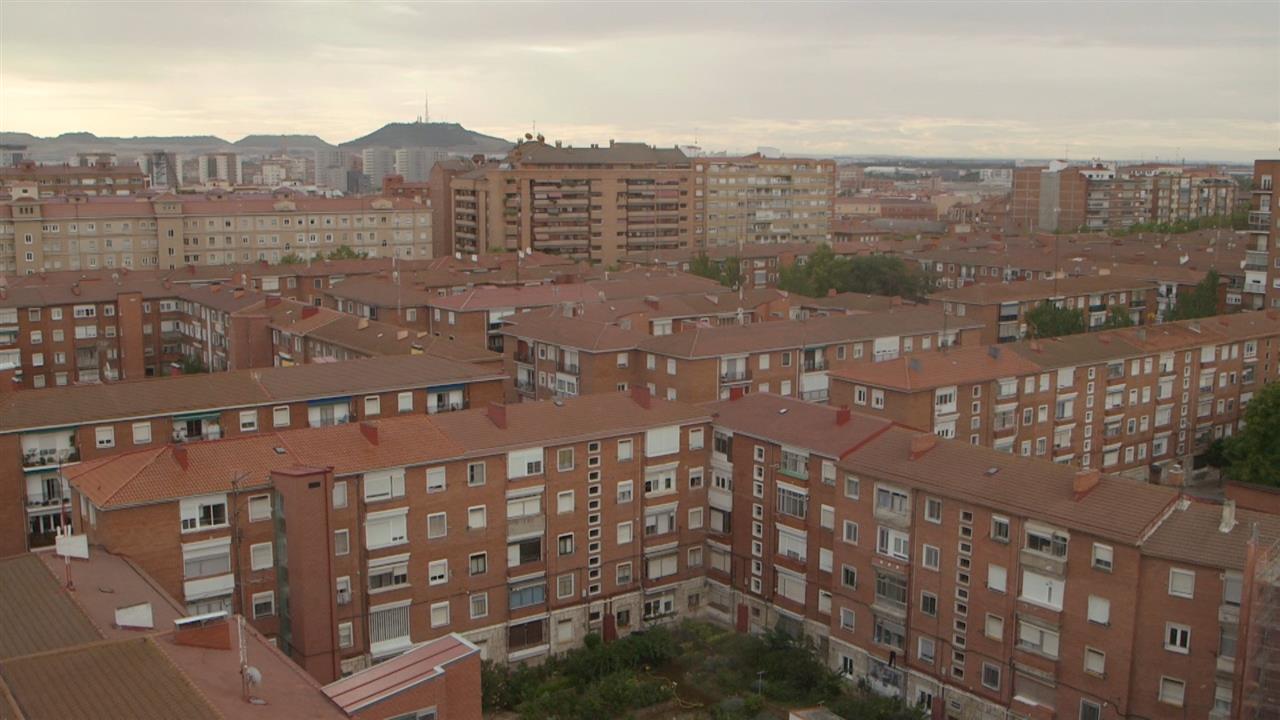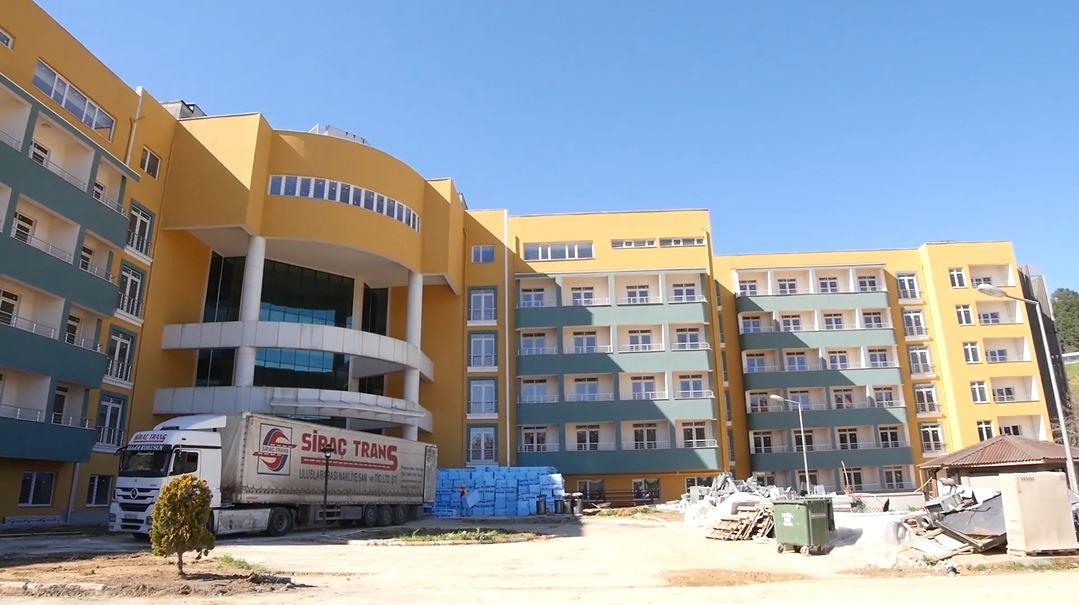Genoa, Valladolid and Kartal (Istanbul): three different cities, countries and climates, and more than 1,500 citizens have been involved in large scale district renovations over the past five years. The works were carried out under the EU project R2Cities (Residential Renovation towards nearly zero energy CITIES), whose ambition was to put together a package of smart solutions, replicable in other contexts.

Genoa, Italy – ‘Lavatrici’ district
In Genoa the renovation took place on a social housing estate known as Lavatrici (washing machines in Italian) because of its peculiar aspect. Located in San Pietro, a peripheral neighbourhood overlooking the city, it was erected between 1980 and 1990. The complex contains 688 apartments, 70% of which belongs to the Municipality. The works under R2Cities involved these council flats.
The building envelopes lacked good insulation, rain water made the apartments damp and weakened the whole structure. For the tenants, this meant high energy bills (even four or five times higher than the rent) and discomfort.
The project’s interventions included the installation of two new boilers and a centralised unit that supplies hot water and heating to 162 households, temperature control units to record the actual consumption in some apartments, double-glazing to improve the indoor climate. The Italian demonstration site finally saved 47% of thermal energy.

Valladolid, Spain – Cuatro de Marzo
The densely populated Cuatro de Marzo district in Valladolid was built between 1955 and 1960. People living in its aged buildings experienced much heating loss and very high energy consumption. Here R2Cities focused on the private apartments of 130 homeowners, who partially financed the works. This context was, of course, more challenging, as the consortium had to convince the citizens of the benefits of investing. However, this has provided good case-studies for replicability purposes, where similar interventions could be implemented in other districts without the support of EU funds.
The renovated buildings now have newly insulated roofs and façades, windows replacements, upgraded gas boilers, ICT devices, a more efficient lighting system and renewable energy solutions such as solar panels for domestic hot water. The Spanish demonstration site reached the goal of 53% in primary energy savings.

Istanbul, Turkey – Yakacik district of Kartal
Yakacik is a district in Kartal, just to the south of Istanbul on the Asian side of the Bosporus. Here R2Cities worked on a private-owned complex of three “big energy eater” buildings with 580 inhabitants, and an 18.813 m2 floor area. The interventions integrated passive solutions, such as new double glazed and Argon-supported windows (the gas in the frames reduces heat exchange through the interior and exterior panes) and active systems which produce renewable energy, with ICT solutions to monitor the consumption.
In order to select the best retrofitting measures, the project relied on a platform called BIM, which stands for Building Information Modelling. It digitally represented the physical and functional characteristics of the demonstration buildings and allowed the researchers to calculate the expected energy savings of different interventions, evaluating any risk factors beforehand.
At the end of the project the strategy applied to the Turkish demonstration site led to 68% of thermal and electrical energy savings.
14 June 2018